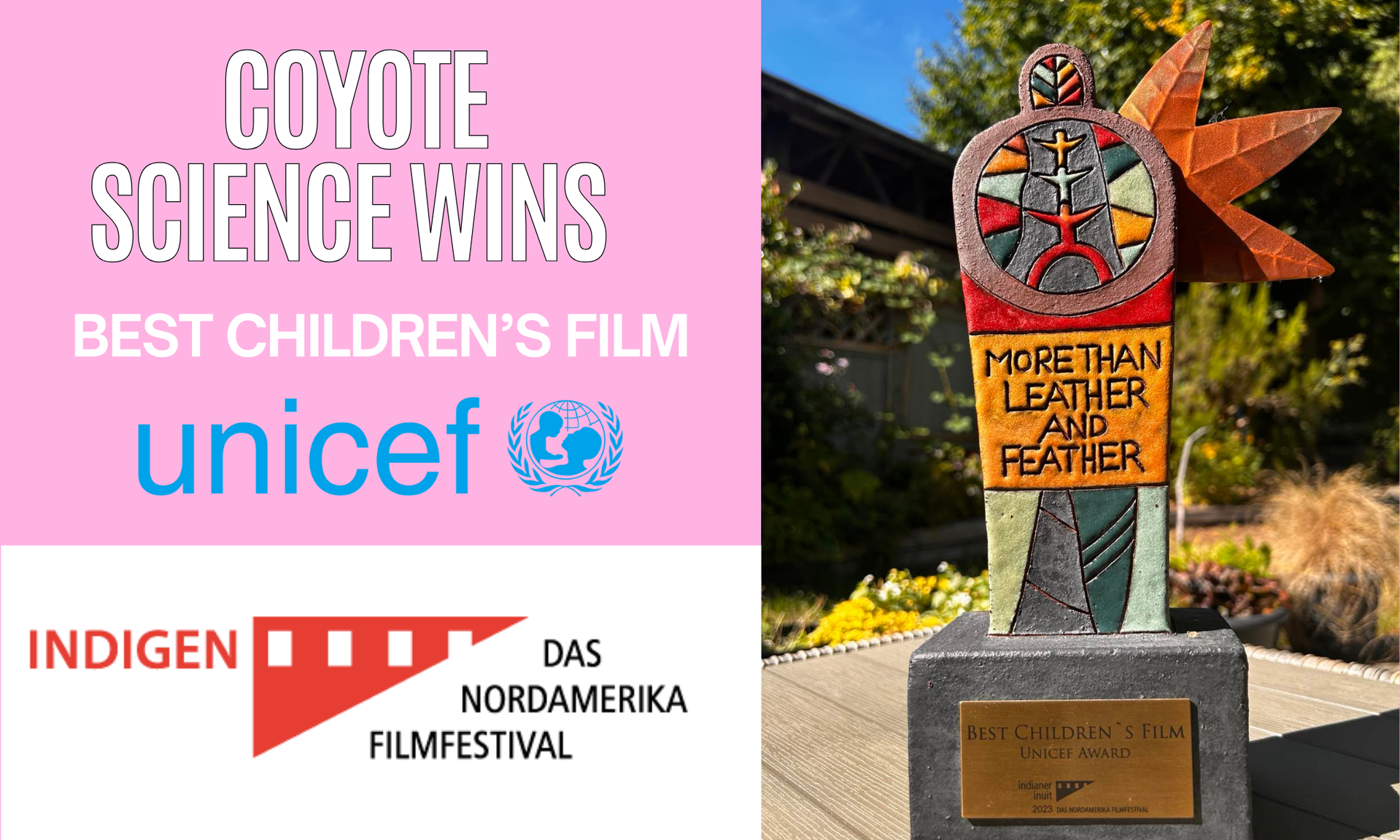In the 21st century, "Place" includes traditional territories and urban environments, from volcanoes to underground, from skate parks to watersheds, from oceans to the virtual place of Virtual Reality to solar- powered communities. The skills of observation, of seeking knowledge and asking questions and respecting that all is connected are incorporated into learning about "Place". This season, Coyote Science goes on adventures to explore the Indigenous science of Place.
“Education that legitimizes the cultural norms of only one culture within a pluralistic society robs students from cultural backgrounds of their self-esteem and the potential of pursuing science related careers. Consequently, science teachers who are willing to take a multi-science approach are providing numerous opportunities for their students to learn that many cultures have contributed to science. Because no single culture has a monopoly on the generation of science knowledge, a single cultural approach to teaching science alienates some groups of students. Therefore, it becomes important for teachers to recognize the potential of students from different cultures to contribute to science because of their different ways of understanding and experiencing the world." (Dr. Lorna Williams & Dr. Gloria Snively, from Knowing Home: Braiding Indigenous Science with Western Science, published by University of Victoria Press)



